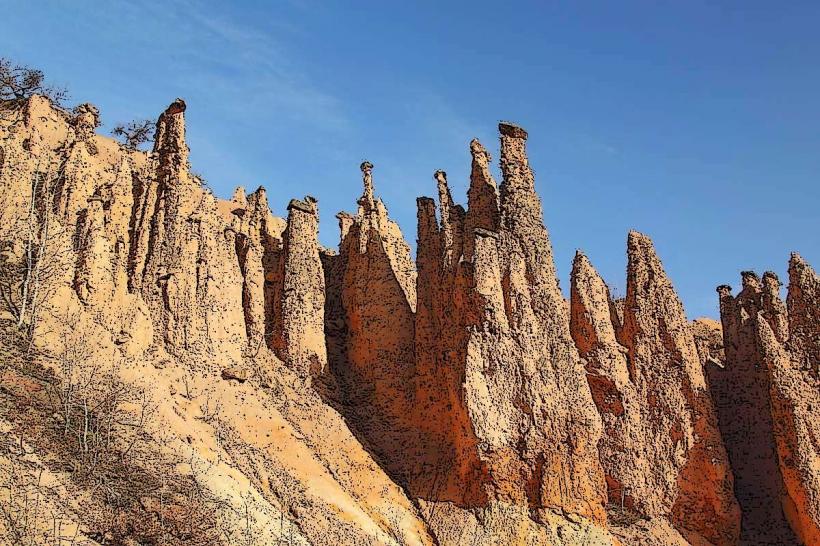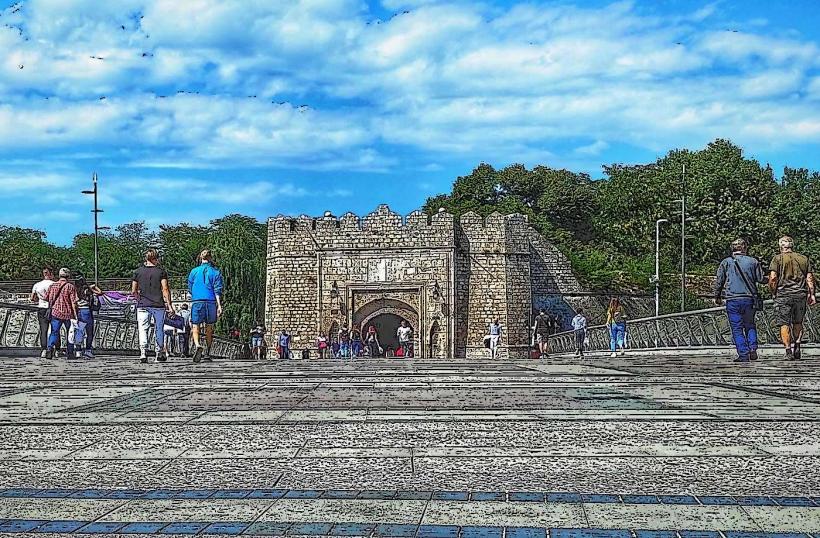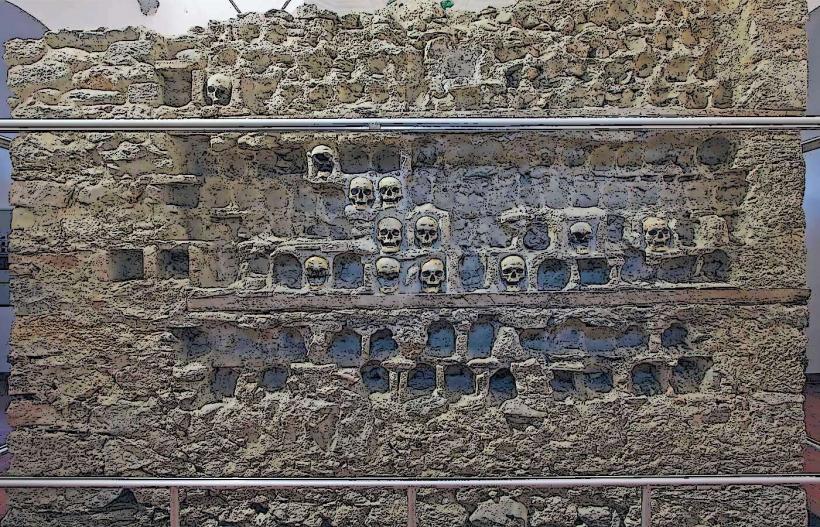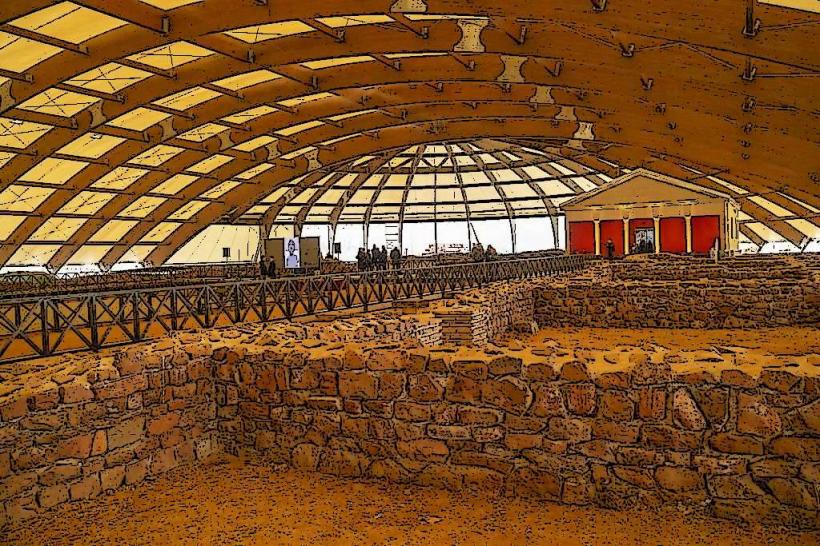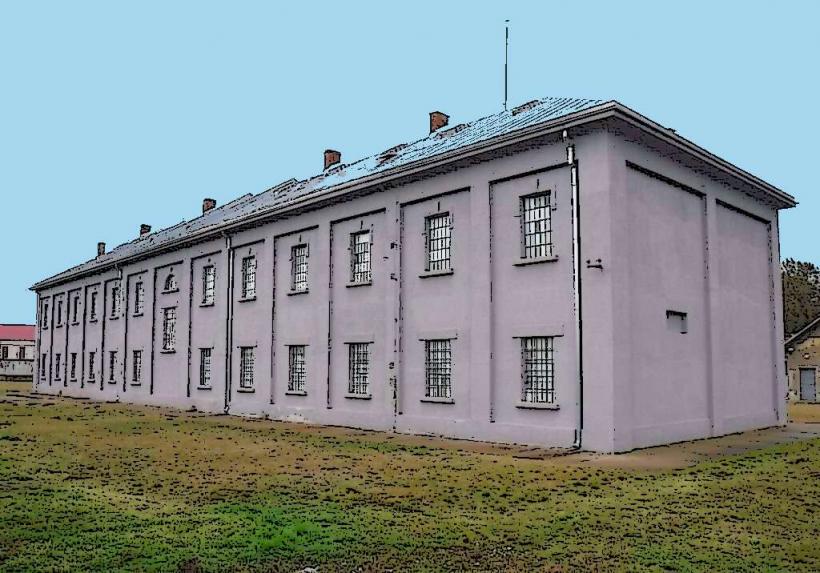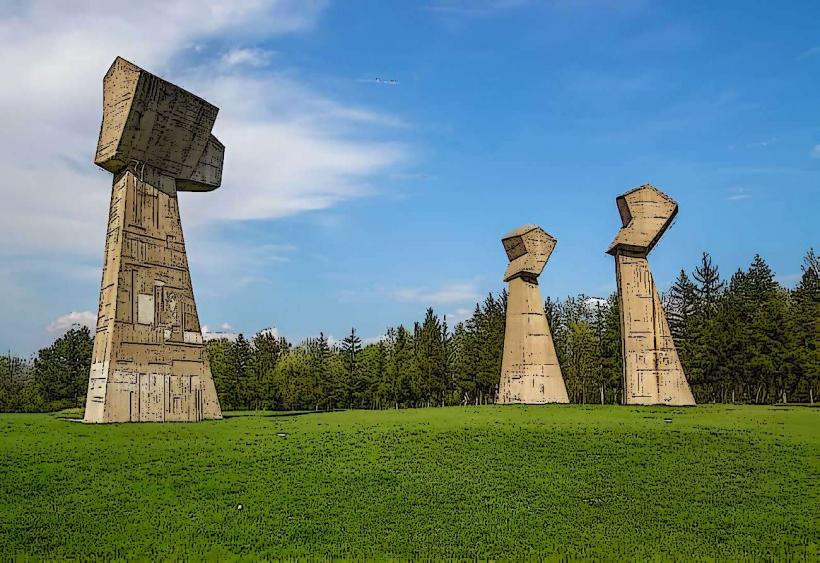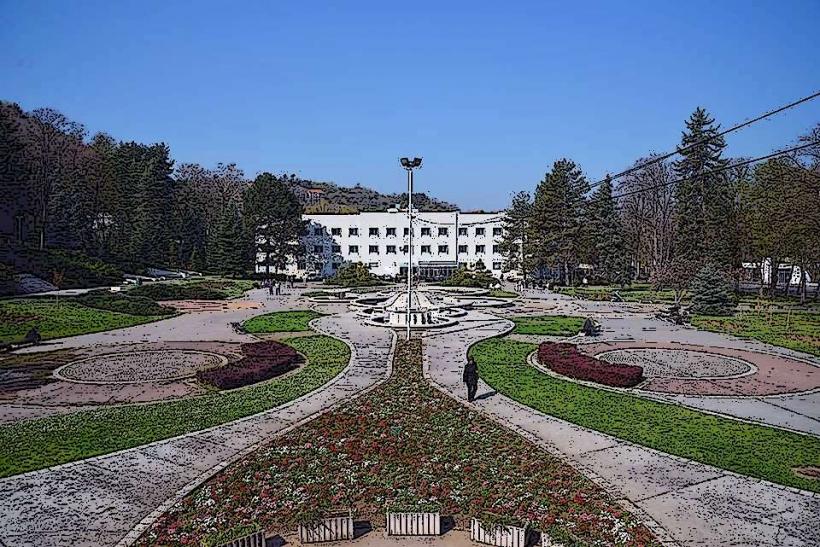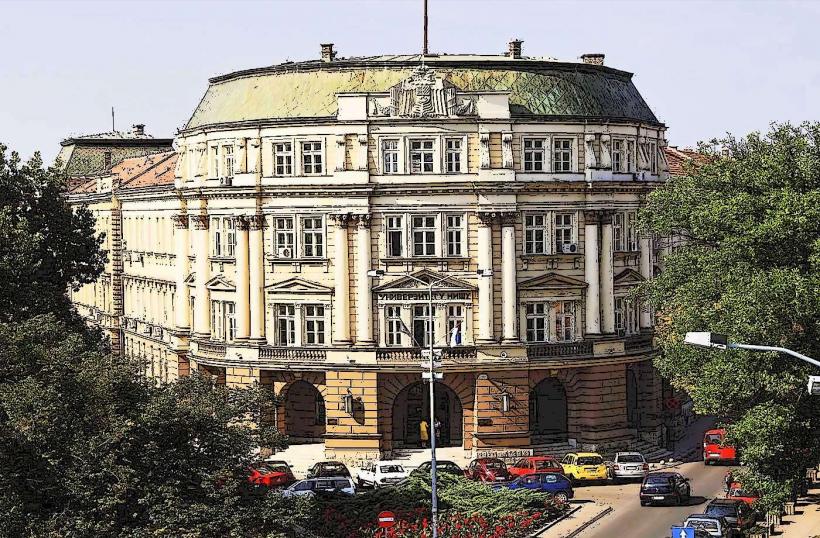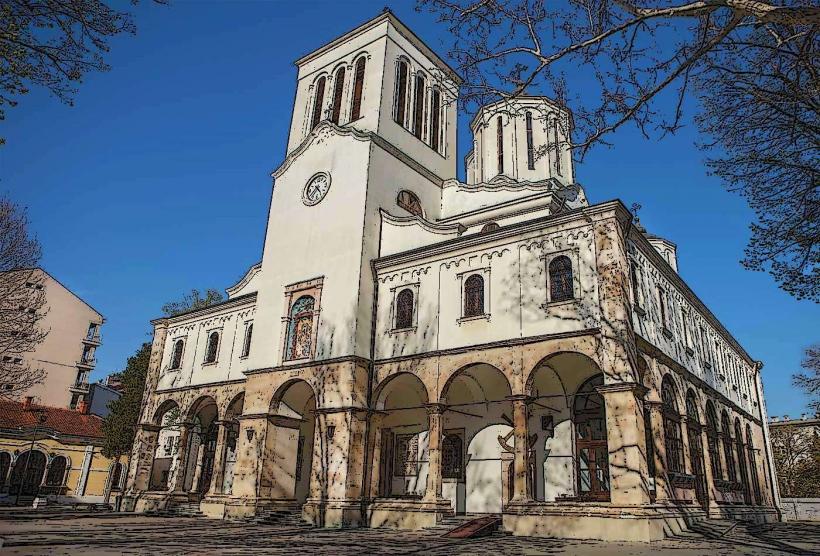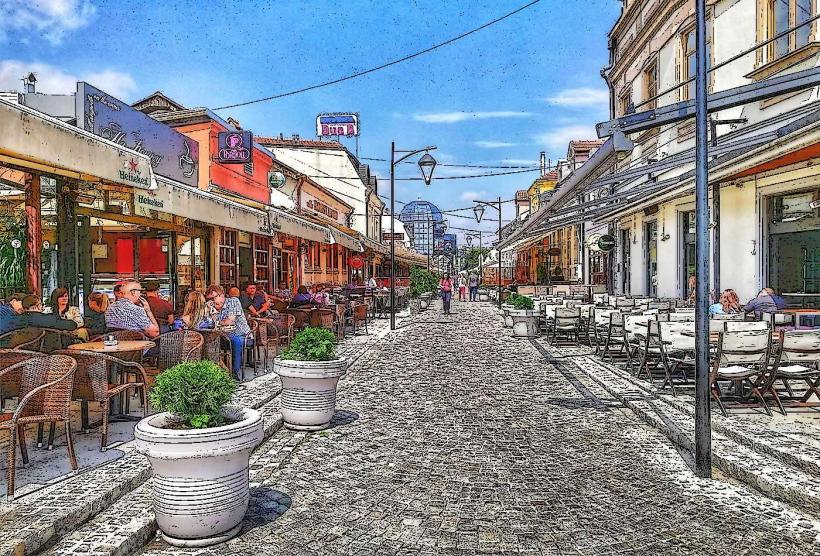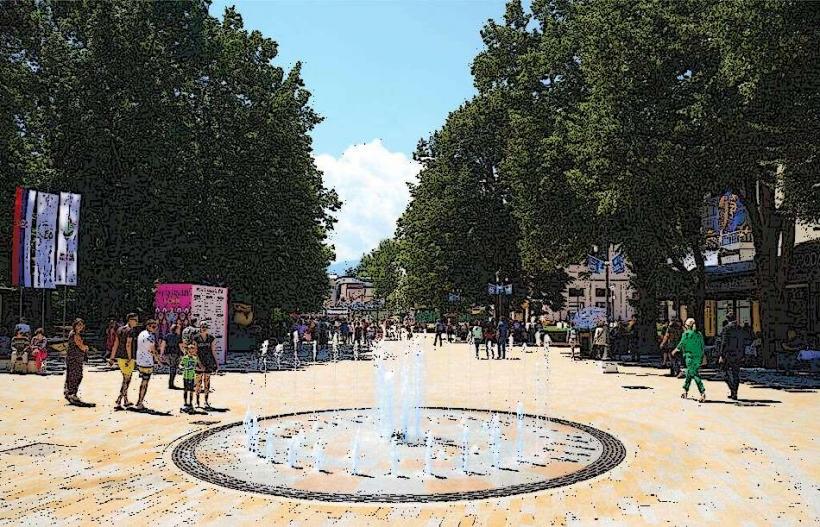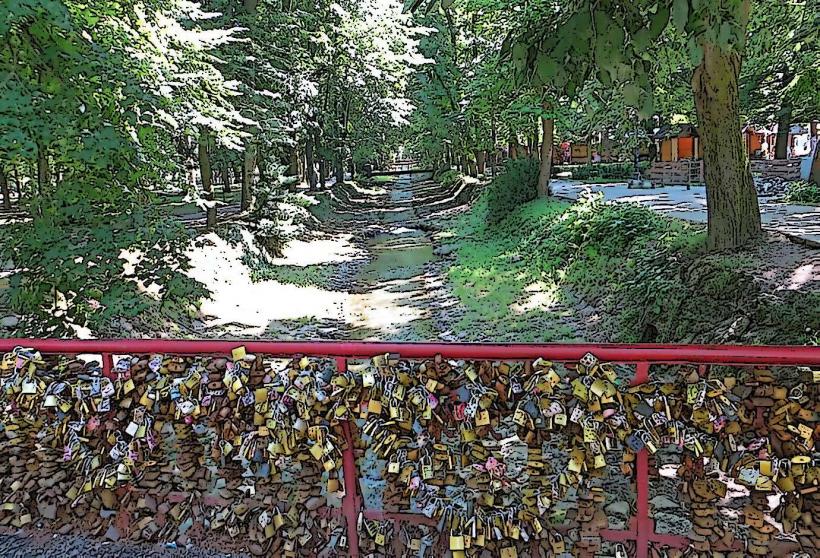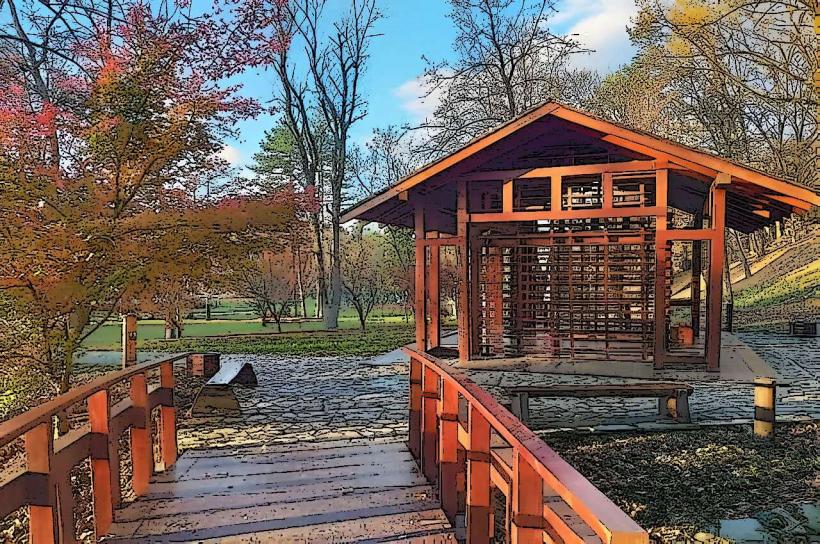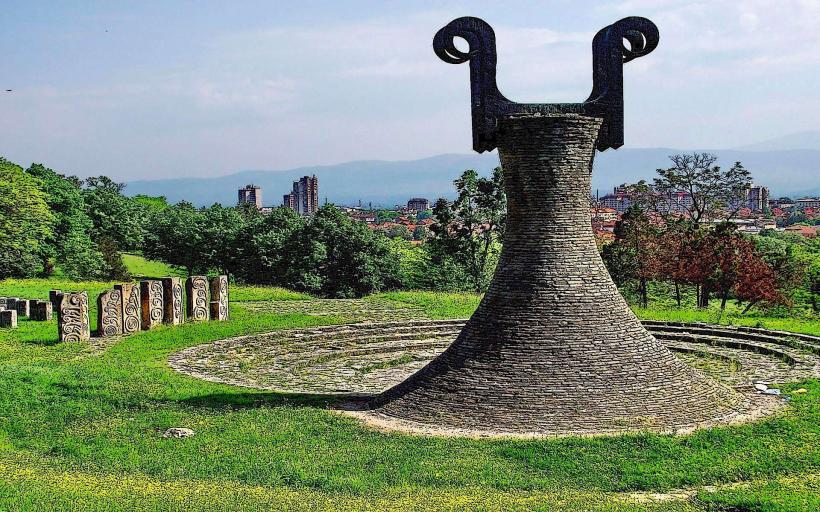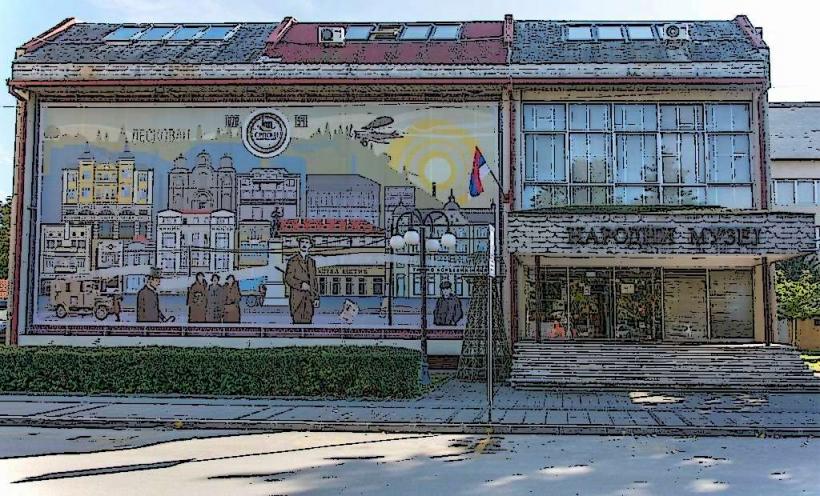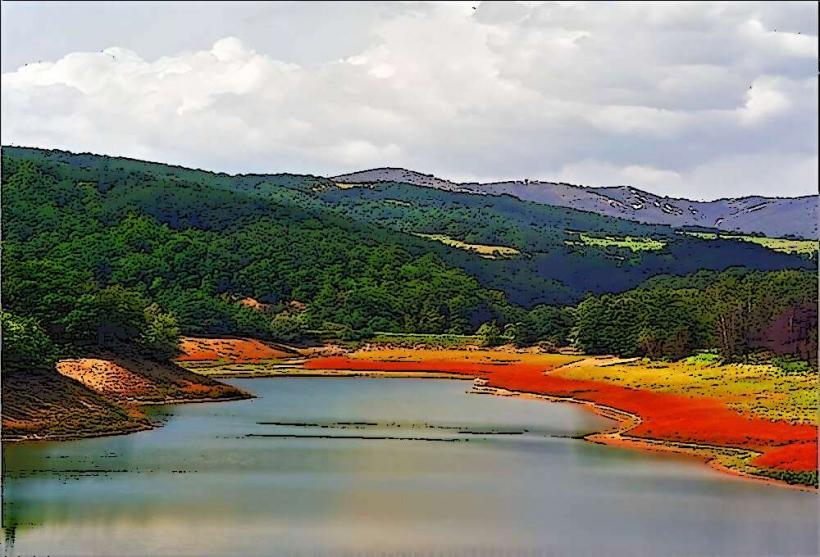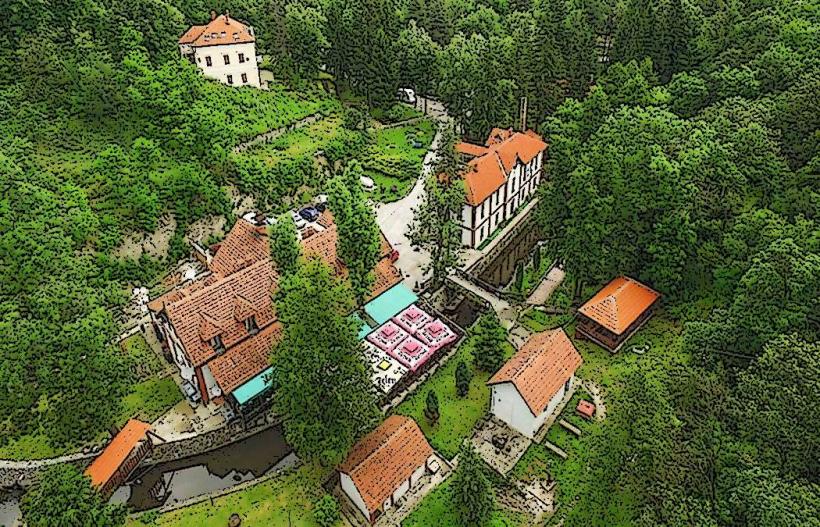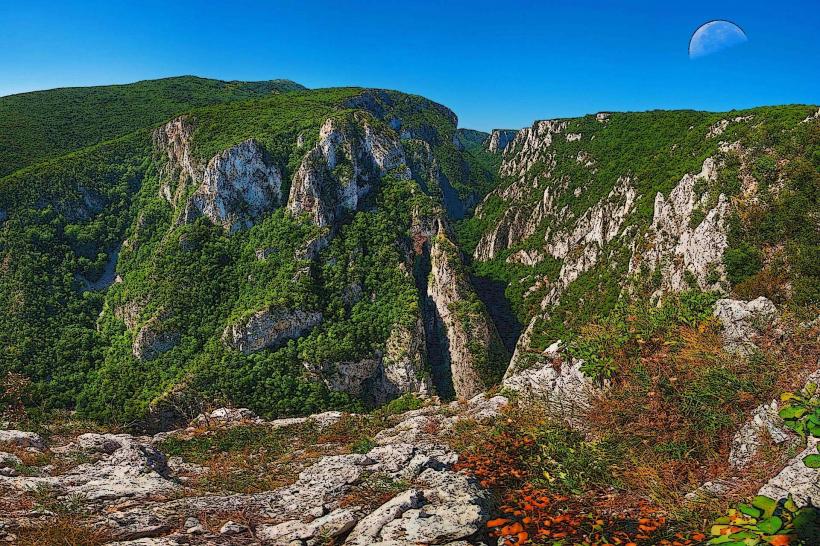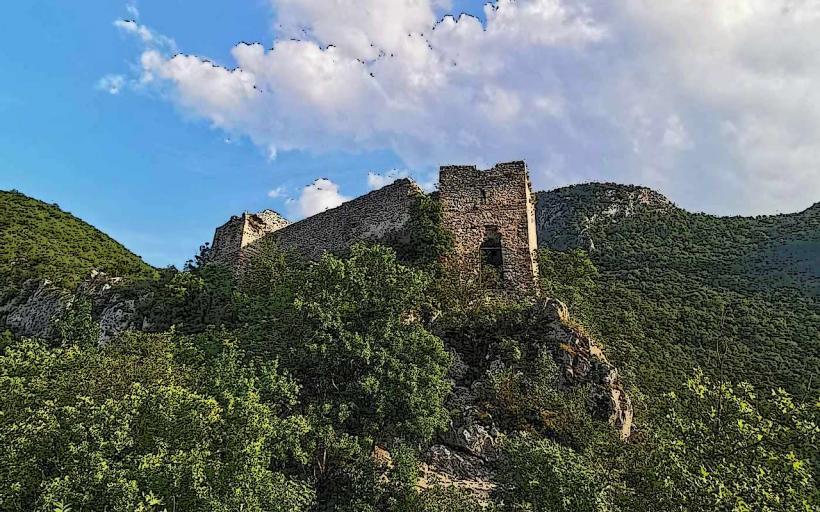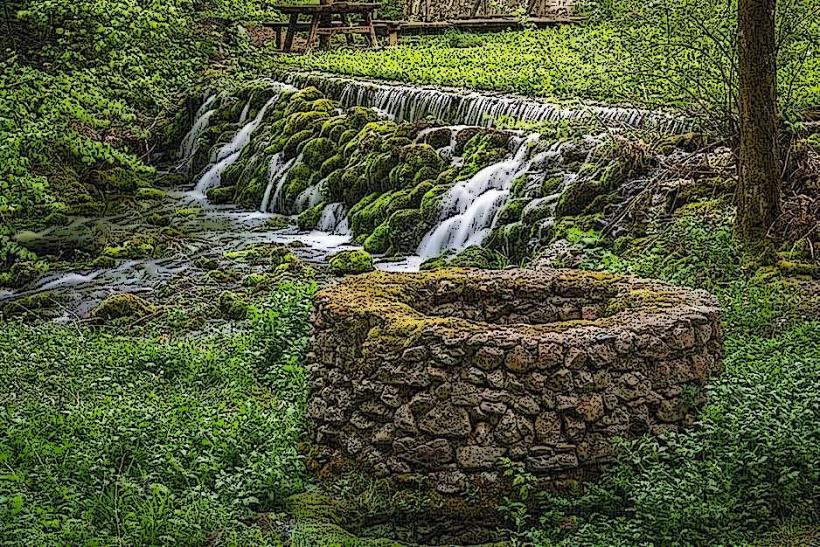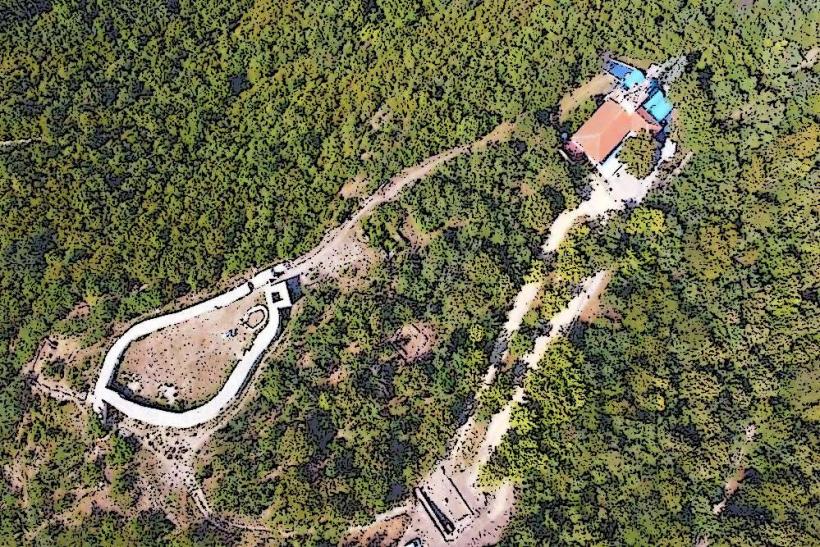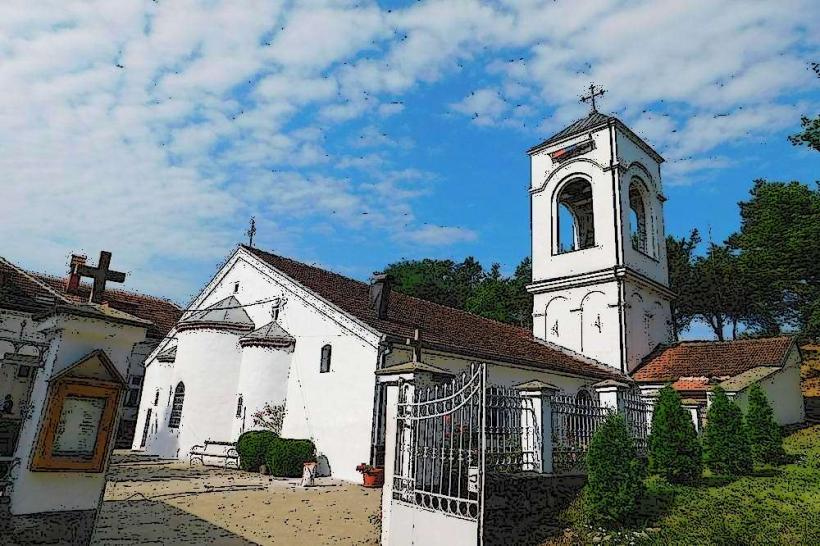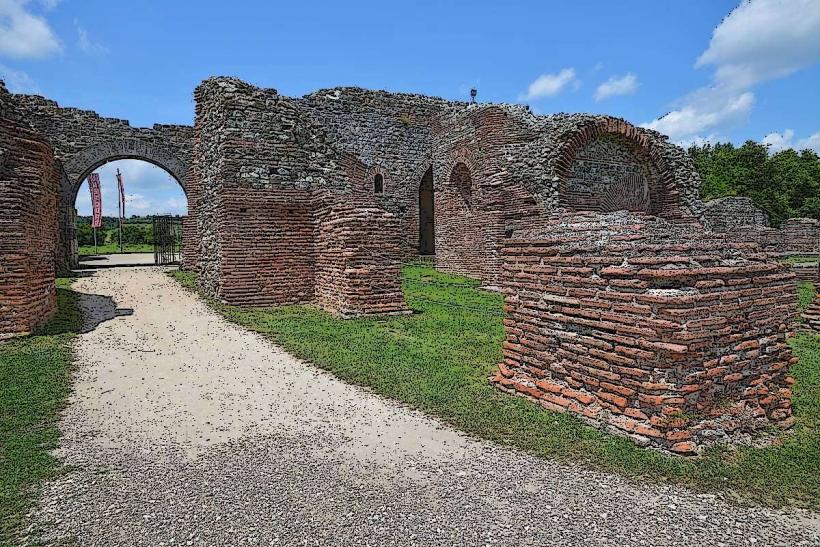Information
Landmark: King Milan SquareCity: Nis
Country: Serbia
Continent: Europe
King Milan Square (Serbian: Trg Kralja Milana) is a central square located in the city of Niš, Serbia. It is an important historical and cultural site, named after King Milan Obrenović, a prominent Serbian monarch who played a significant role in the modernization and political developments of the Kingdom of Serbia during the late 19th century.
Historical Context
King Milan Obrenović:
- The square is named in honor of King Milan I of Serbia, who ruled from 1868 to 1889. Milan Obrenović was a key figure in Serbian history, particularly for his efforts in modernizing the country and expanding its territory. He was instrumental in establishing the Kingdom of Serbia after its independence from the Ottoman Empire was secured in the 19th century.
- King Milan was known for his military reforms and was involved in Serbia's participation in the Serbo-Turkish War (1876-1878), which contributed to the eventual recognition of Serbia's full independence. However, his reign was also marked by political instability and personal controversies, culminating in his abdication in favor of his son, King Aleksandar Obrenović.
The Square's Development:
- King Milan Square was developed during the late 19th century, as Niš itself began to modernize following Serbia’s territorial and political gains. The square is located near the city center, surrounded by important historical buildings and landmarks that reflect the city's rich heritage.
- The square has undergone several changes over the years, and its current form represents a mixture of architectural influences from the period of modernization in Serbia.
Key Features of King Milan Square
Architectural Significance:
- The square is surrounded by notable historic buildings and public institutions, many of which reflect the architectural styles from the late 19th and early 20th centuries, a period when Niš was experiencing significant urban development.
- Buildings in the square feature elements of Serbian eclecticism, blending Neo-Classical, Baroque, and modernist styles, reflecting the influence of European architectural trends during that period.
- The square is home to the Serbian National Theatre, an important cultural institution that adds to the historical and architectural significance of the area.
Statue of King Milan:
- At the heart of the square stands a statue of King Milan I, which serves as a focal point for the square. The statue honors the legacy of King Milan and symbolizes his importance in Serbian history. The monument was erected as a tribute to his reign and his contributions to the country's sovereignty and independence.
Nearby Landmarks:
- The square is located near other significant sites in Niš, such as the Niš Fortress, Tvrđava, and several other historical buildings. It is a central area for locals and visitors alike to explore the city's history and culture.
- Several cafés, restaurants, and shops surround the square, making it a popular gathering place for both locals and tourists. It also serves as a hub for various cultural events, including concerts, exhibitions, and public gatherings.
Cultural and Social Hub:
- King Milan Square functions as a major social space in Niš. Its central location makes it a key meeting point and a place for both residents and tourists to relax, enjoy outdoor activities, or attend public events.
- Over the years, the square has hosted various festivals, cultural performances, and political demonstrations, contributing to its role as a gathering place for civic engagement and public life.
Modern-Day Significance
Cultural Hub:
- Today, King Milan Square is a focal point for Niš’s cultural life. It is a place where various cultural events are held, from music festivals to art exhibitions. The square's proximity to theaters, galleries, and museums makes it an ideal location for anyone interested in the local culture and heritage of Niš.
Historical Memory:
- The square is also a site for reflection on the historical legacy of King Milan I and the transformation of Serbia from an Ottoman-controlled territory to a modern European kingdom. His reign marked a time of significant change for the country, and the square serves as a reminder of the struggles and achievements of Serbia’s national development.
Urban Center:
- As one of the main squares in Niš, King Milan Square continues to serve as the city’s urban center, facilitating public transport, commerce, and social interaction. It plays an important role in the everyday life of the city, and its continued development ensures that it remains a central feature of Niš’s urban landscape.
Conclusion
King Milan Square is an important landmark in Niš, serving as both a historical symbol of King Milan Obrenović’s reign and a vibrant urban space that plays a crucial role in the city’s cultural and social life. Its mixture of historic monuments, cultural institutions, and modern amenities makes it one of the key attractions in Niš. The square is a testament to the city’s rich history, its journey toward independence, and its ongoing evolution as a modern cultural hub.

